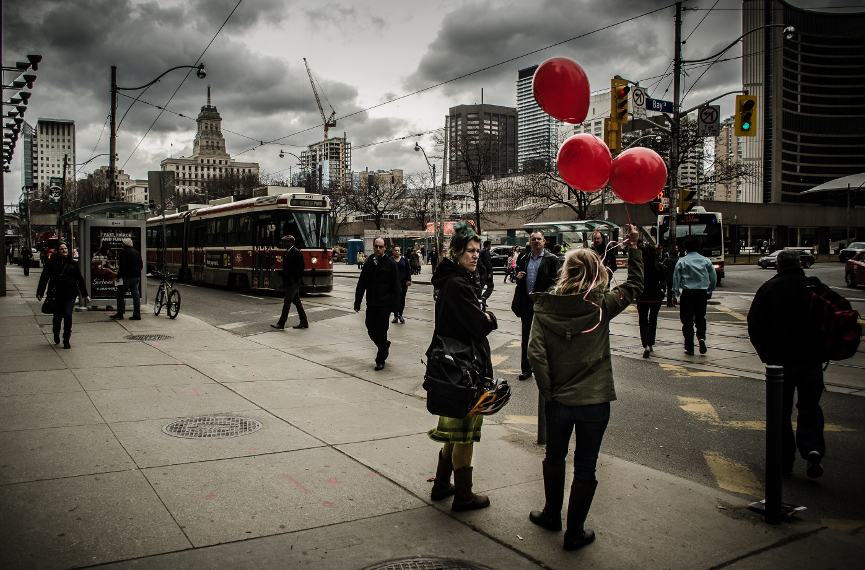The Only Guide to Framing Streets
Not known Facts About Framing Streets
Table of ContentsWhat Does Framing Streets Mean?The 30-Second Trick For Framing StreetsOur Framing Streets IdeasThe Main Principles Of Framing Streets The 10-Second Trick For Framing StreetsOur Framing Streets Ideas
Photography genre "Crufts Pet Show 1968" by Tony Ray-Jones Road photography (likewise in some cases called candid digital photography) is digital photography conducted for art or questions that includes unmediated chance experiences and random occurrences within public places, generally with the objective of capturing pictures at a decisive or emotional moment by mindful framing and timing. 
The 6-Minute Rule for Framing Streets
Susan Sontag, 1977 Road digital photography can focus on individuals and their actions in public. In this regard, the street professional photographer is comparable to social docudrama digital photographers or photojournalists that also function in public locations, however with the purpose of capturing relevant occasions. Any one of these digital photographers' photos may catch individuals and home visible within or from public areas, which typically involves navigating moral issues and legislations of privacy, security, and property.
Representations of daily public life develop a category in almost every period of world art, beginning in the pre-historic, Sumerian, Egyptian and early Buddhist art periods. Art taking care of the life of the road, whether within views of cityscapes, or as the leading concept, shows up in the West in the canon of the North Renaissance, Baroque, Rococo, of Romanticism, Realistic look, Impressionism and Post-Impressionism.
All About Framing Streets
Louis Daguerre: "Boulevard du Holy place" (1838 or 1839) In 1838 or 1839 the initial photograph of numbers in the road was tape-recorded by Louis-Jacques-Mand Daguerre in one of a pair of daguerreotype sights taken from his workshop home window of the Blvd du Temple in Paris. The 2nd, made at the elevation of the day, shows an uninhabited stretch of street, while the various other was taken at regarding 8:00 am, and as Beaumont Newhall records, "The Boulevard, so frequently loaded with a relocating throng of pedestrians and carriages was perfectly singular, other than an individual who was having his boots cleaned.
His boots and legs were well defined, however he is without body or head, since these were in activity." Charles Ngre, waterseller Charles Ngre. https://www.goodreads.com/user/show/174116073-david-turley was the first digital photographer to obtain the technical class required to sign up individuals in activity on the street in Paris in 1851. Photographer John Thomson, a Scotsman functioning with reporter and social protestor Adolphe Smith, released Road Life in London in twelve monthly installations beginning in February 1877
Framing Streets Things To Know Before You Buy
Eugene Atget is considered a progenitor, not since he was the very first of his kind, yet as a result of the popularisation in the late 1920s of his record of Parisian streets by Berenice Abbott, that was inspired to undertake a similar documentation of New York City. [] As the city developed, Atget aided to promote Parisian roads as a deserving subject for photography.

The 20-Second Trick For Framing Streets
Martin is the initial videotaped photographer to do so in London with a masked cam. Mass-Observation was a social research study this hyperlink organisation established in 1937 which aimed to tape everyday life in Britain and to record the reactions of the 'man-in-the-street' to King Edward VIII's abdication in 1936 to marry separation Wallis Simpson, and the sequence of George VI. Between 1946 and 1957 Le Groupe des XV annually exhibited job of this kind. Andre Kertesz. Circus, Budapest, 19 May 1920 Street digital photography formed the major material of 2 events at the Museum of Modern Art (Mo, MA) in New york city curated by Edward Steichen, Five French Professional Photographers: Brassai; Cartier-Bresson, Doisneau, Ronis, Izis in 1951 to 1952, and Post-war European Photography in 1953, which exported the concept of road photography worldwide.

9 Simple Techniques For Framing Streets
, after that an instructor of young children, connected with Evans in 193839.'s 1958 book,, was substantial; raw and often out of emphasis, Frank's photos questioned mainstream digital photography of the time, "tested all the official rules laid down by Henri Cartier-Bresson and Walker Evans" and "flew in the face of the wholesome pictorialism and genuine photojournalism of American magazines like LIFE and Time".